Book and Support File Information
Software, Simulation Examples and Design Exercises Licence Agreement
Table of Contents
Software Defined Radio Simulation Examples & Design Exercises
Foreword
A Few SDR Thoughts
Preface
Acknowledgements
1 Introduction
1.1 Real Time Desktop Software Defined Radio
1.2 What is the RTL-SDR?
1.3 What Do I Need to Get Started?
1.4 The Aim and Objectives of this Book
1.5 The Evolution of the Software Defined Radio Architecture
1.6 RTL-SDR Hardware
1.7 Interfacing with the RTL-SDR from MATLAB and Simulink
1.8 Practicalities and Some Challenges of (Low Cost) Desktop SDR
1.9 Working with Discrete and Continuous Time Signals and Equations
1.10 The Structure of the Book and Format of the Exercises
2 Open the Box! First SDR with MATLAB and Simulink
2.1 Getting Started: Hardware and Software Checklist
2.2 Getting Started: Installing the RTL-SDR Hardware Support Package
2.3 Getting Started: Book Support Files and the MATLAB Environment
2.4 Running the First Desktop RTL-SDR Receiver Designs
2.5 Summary
3 Radio Frequency Spectrum Viewing
3.1 Different Signals, Different Frequencies
3.2 Spectrum Usage and Allocations Around the Globe
3.3 Working with a Suitable Antenna
3.4 Go Forth and Explore the Spectrum!
3.5 Spectral Viewing — Spectrum Analyser and Waterfall Plots
3.6 Spectral Viewing — RTL-SDR Tuner GUI Controls
3.7 Engineering Requirements — Eyeball Radio Tuning & More
3.8 FM Radio Stations
3.9 Mobile (Cell) Phone Signals—2G, 3G and 4G
3.10 433MHz: Key Fobs and Wireless Sensors
3.11 Digital Video & Audio Signals
3.12 Using Multiple RTL-SDRs
3.13 Sweeping the Spectrum: Receiving from 25MHz to 1.75GHz
3.14 Summary
4 Getting Started with MATLAB and Simulink
4.1 Introducing MATLAB
4.2 MATLAB Functions
4.3 Plotting in MATLAB
4.4 MATLAB Arrays, Matrices, and Structures
4.5 MATLAB System Objects
4.6 Introducing Simulink
4.7 Creating Simulink Models
4.8 Variables and Parameters
4.9 Generating Frequency Domain Plots
4.10 Sampling Rates, Samples and Frames
4.11 Data Types
4.12 Working with Input and Output Files
4.13 Saving and Re-importing RTL-SDR Data
4.14 Summary
5 Complex Signals, Spectra and Quadrature Modulation
5.1 Real and Complex Signals — it’s all Sines and Cosines
5.2 Viewing Real Signals in the Frequency Domain via Complex Spectra
5.3 Standard Amplitude Modulation
5.4 Quadrature Modulation and Demodulation (QAM)
5.5 Quadrature Amplitude Modulation using Complex Notation
5.6 Quadrature Amplitude Demodulation using Complex Notation
5.7 Spectral Representation for Complex Demodulation
5.8 Frequency Offset Error and Correction at the Receiver
5.9 Frequency Correction using a Complex Exponential
5.10 RTL-SDR Quadrature / Complex Architecture
5.11 Summary
6 Amplitude Modulation (AM) Theory and Simulation
6.1 Amplitude Modulation — An Introduction
6.2 AM-DSB-SC: Double Sideband Suppressed Carrier AM
6.3 AM-DSB-TC: Double Sideband Transmitted Carrier AM
6.4 AM-SSB: Single Sideband AM
6.5 AM-VSB: Vestigial Sideband AM
6.6 Theoretical AM Demodulation
6.7 Receiving and Downconverting AM-DSB-TC Signals to Complex Baseband
6.8 Non-Coherent AM Demodulation: The Envelope Detector
6.9 Summary
7 Frequency Tuning and Simple Synchronisation
7.1 Selecting a Frequency Band: Tuning
7.2 The Synchronisation Problem
7.3 Demodulation of AM Signals
7.4 Coherent Demodulation and Carrier Synchrony
7.5 Introduction to Phase Locked Loops
7.6 Discrete Time PLL Model
7.7 PLL Behaviours, Parameters and Characteristics
7.8 PLL Design
7.9 PLL Performance in Noise
7.10 Carrier Synchronisation
7.11 Summary
8 Desktop AM Transmission and Reception
8.1 Transmitting AM Signals with a USRP® Radio
8.2 Implementing Non-Coherent AM Receivers with the RTL-SDR
8.3 Implementing Coherent AM Receivers with the RTL-SDR
8.4 Audio Multiplexing with the USRP® and RTL-SDR Hardware
8.5 Alternative Hardware for Generating Desktop AM Signals
8.6 Summary
9 Frequency Modulation (FM) Theory and Simulation
9.1 The History of the FM Standard
9.2 The Mathematics of FM & the Modulation Index
9.3 FM Signal Bandwidth
9.4 FM Demodulation Using Differentiation
9.5 Receiving and Downconverting FM Signals to Complex Baseband
9.6 Non-Coherent FM Demodulation: The Complex Differentiation Discriminator
9.7 Non-Coherent FM Demodulation: The Complex Delay Line Discriminator
9.8 Coherent FM Demodulation: The Phase Locked Loop
9.9 Demodulating Signals from Commercial FM Radio Stations
9.10 Summary
10 Desktop FM Transmission and Reception
10.1 Transmitting Mono WFM Signals with the USRP® Hardware
10.2 Implementing Mono FM Receivers with RTL-SDR and Simulink
10.3 Transmitting Stereo WFM Signals with the USRP® Hardware
10.4 Implementing Stereo FM Receivers with RTL-SDR and Simulink
10.5 Manipulating the MPX: Transmitting AM Signals with FM Transmitters
10.6 Manipulating the MPX: Audio Multiplexing with FM Transmitters
10.7 Alternative Hardware for Generating Desktop FM Signals
10.8 Summary
11 Digital Communications Theory and Simulation
11.1 Digital Modulation Schemes
11.2 Pulse Shaping
11.3 Digital Up and Downconversion
11.4 Carrier Synchronisation
11.5 Timing Errors and Symbol Recovery
11.6 Symbol Timing Synchronisation
11.7 Digital Receiver Design: Joint Carrier and Timing Synchronisation
11.8 Coarse Frequency Synchronisation
11.9 Phase Ambiguity
11.10 Differential Encoding and Decoding
11.11 Synchronisation with a Unique Word
11.12 Summary
12 Desktop Digital Communications: QPSK Transmission and Reception
12.1 Pulse Shaping with Real Time QPSK Transmitter and Receiver Designs
12.2 Coarse Frequency Synchronisation in a Real-time System
12.3 Carrier and Timing Synchronisation with the RTL-SDR
12.4 Developing a Simple Communications Protocol
12.5 ASCII Encoding and Decoding
12.6 Data and Frame Synchronisation
12.7 ASCII Message Transmission and Reception
12.8 Transmitting Images Across the Desktop
12.9 Transmitting Data Using FM Transmitters
12.10 Summary
Appendices and Postscript
Appendix A: Hardware Setup
A.1 The RTL-SDR Hardware Support Package
A.2 The USRP® Hardware Support Package
A.3 RTL-SDR Frequency Error Correction
Appendix B: Common Equations
Appendix C: Digital Filtering and Multirate
C.1 Filter Classes and Characteristics
C.2 Filter Specification and Design
C.3 FIR Filter Processing Architecture
C.4 Computation and Trade-offs
C.5 Multirate Filtering: The Motivation
C.6 Decimation
C.7 Interpolation
Appendix D: PLL Design
D.1 Digital Type 2 PLL Linear Model and Z-Domain Transfer Function
D.2 Analogue Type 2 PLL Linear Model and S-Domain Transfer Function
D.3 Extraction of Digital PLL Parameters Based on Analogue PLL Equivalence
D.4 Phase Detector Gain
D.5 Oscillator Gain
Appendix E: AM and FM Transmitters
E.1 Upconverting AM Radio Signals with the Ham It Up
E.2 Building an ‘RT4’ 433.9MHz AM Transmitter
E.3 Using the Raspberry Pi as an FM Transmitter
References
List of Acronyms
Index
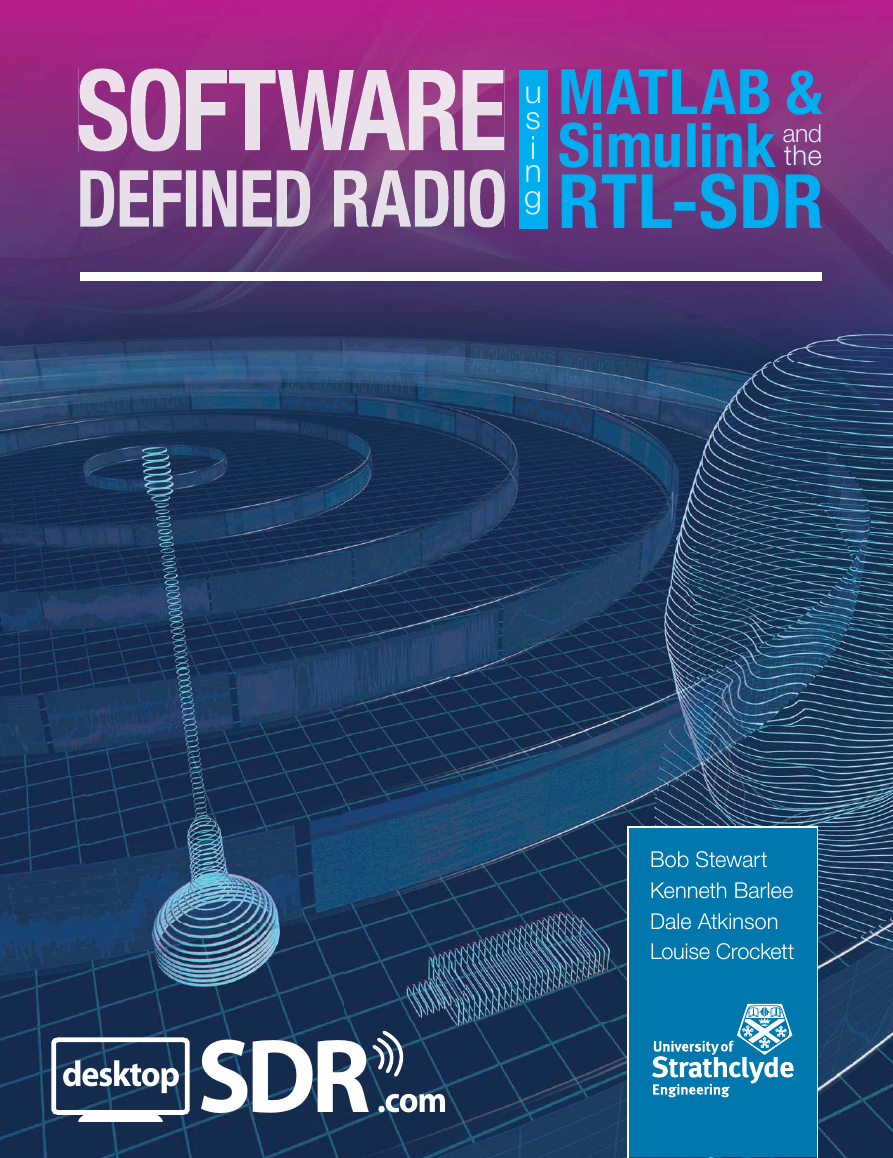

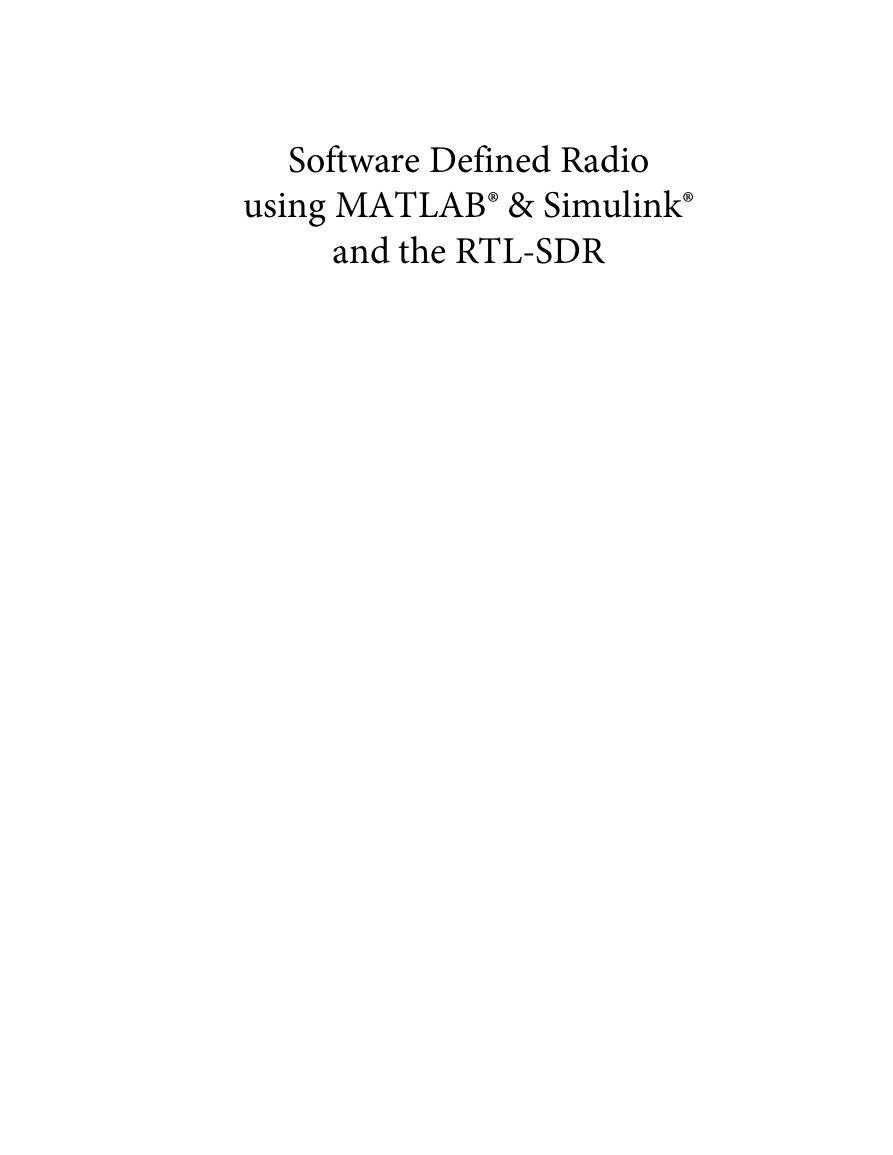

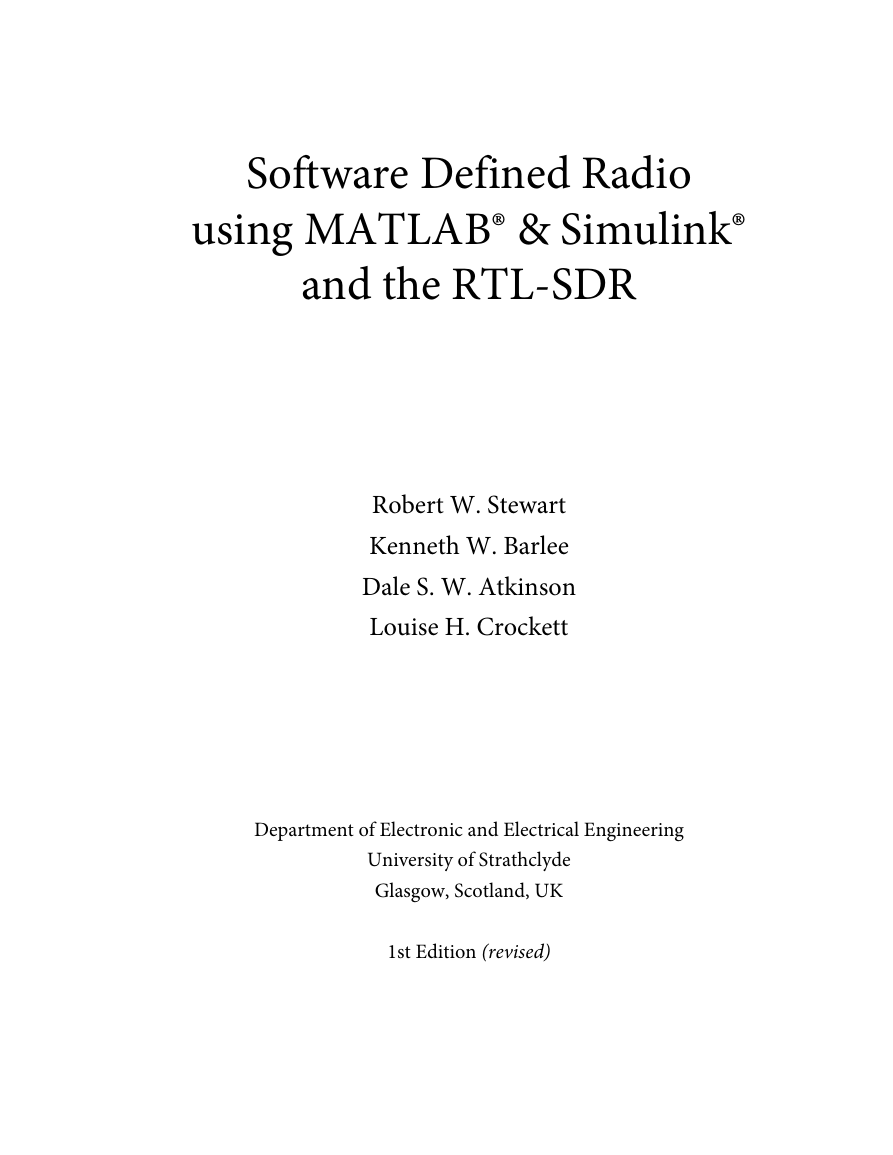

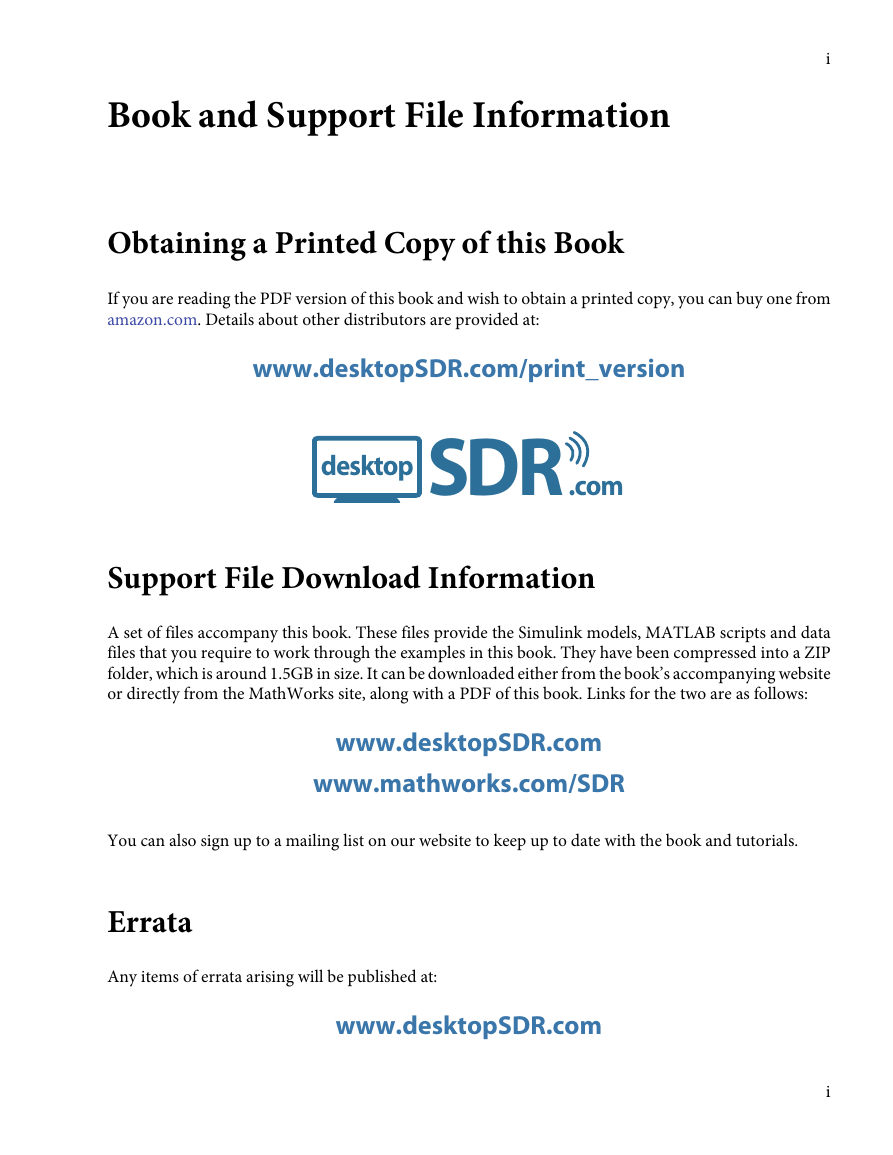
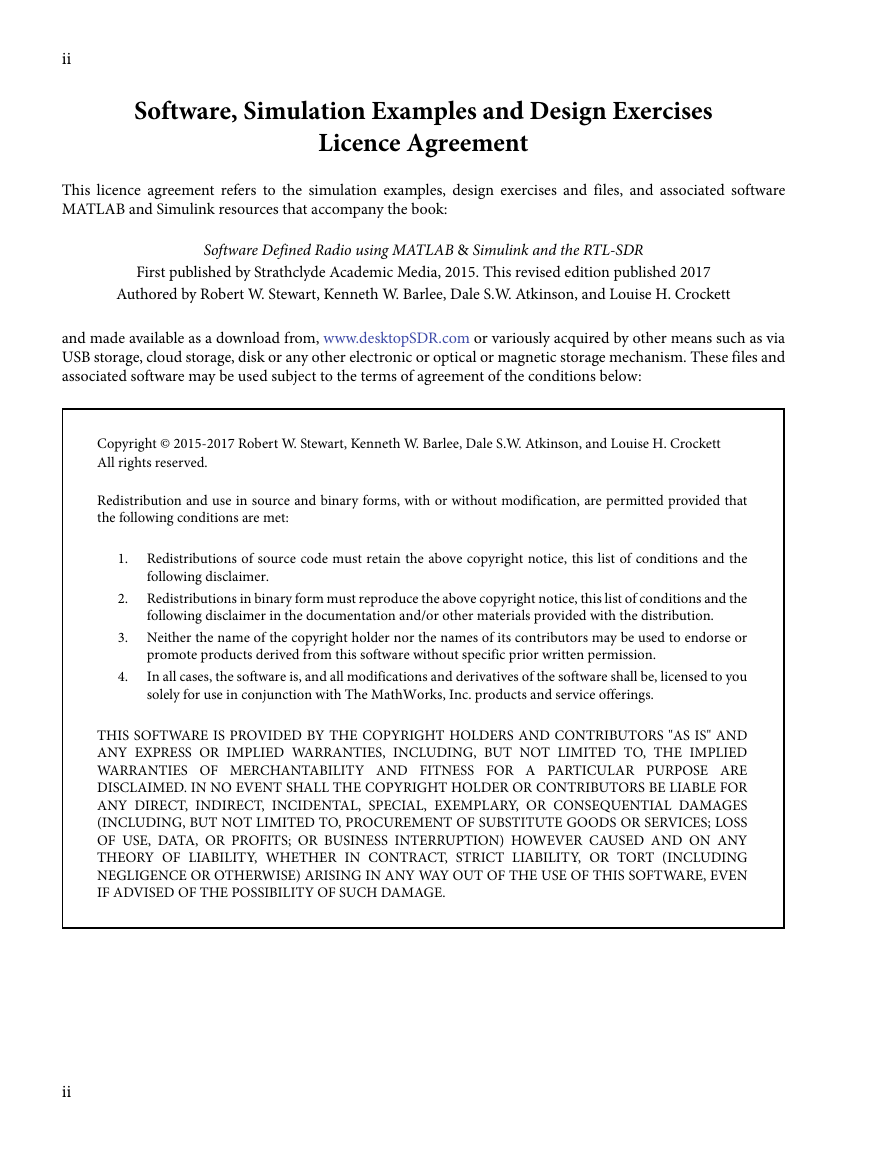








 2023年江西萍乡中考道德与法治真题及答案.doc
2023年江西萍乡中考道德与法治真题及答案.doc 2012年重庆南川中考生物真题及答案.doc
2012年重庆南川中考生物真题及答案.doc 2013年江西师范大学地理学综合及文艺理论基础考研真题.doc
2013年江西师范大学地理学综合及文艺理论基础考研真题.doc 2020年四川甘孜小升初语文真题及答案I卷.doc
2020年四川甘孜小升初语文真题及答案I卷.doc 2020年注册岩土工程师专业基础考试真题及答案.doc
2020年注册岩土工程师专业基础考试真题及答案.doc 2023-2024学年福建省厦门市九年级上学期数学月考试题及答案.doc
2023-2024学年福建省厦门市九年级上学期数学月考试题及答案.doc 2021-2022学年辽宁省沈阳市大东区九年级上学期语文期末试题及答案.doc
2021-2022学年辽宁省沈阳市大东区九年级上学期语文期末试题及答案.doc 2022-2023学年北京东城区初三第一学期物理期末试卷及答案.doc
2022-2023学年北京东城区初三第一学期物理期末试卷及答案.doc 2018上半年江西教师资格初中地理学科知识与教学能力真题及答案.doc
2018上半年江西教师资格初中地理学科知识与教学能力真题及答案.doc 2012年河北国家公务员申论考试真题及答案-省级.doc
2012年河北国家公务员申论考试真题及答案-省级.doc 2020-2021学年江苏省扬州市江都区邵樊片九年级上学期数学第一次质量检测试题及答案.doc
2020-2021学年江苏省扬州市江都区邵樊片九年级上学期数学第一次质量检测试题及答案.doc 2022下半年黑龙江教师资格证中学综合素质真题及答案.doc
2022下半年黑龙江教师资格证中学综合素质真题及答案.doc